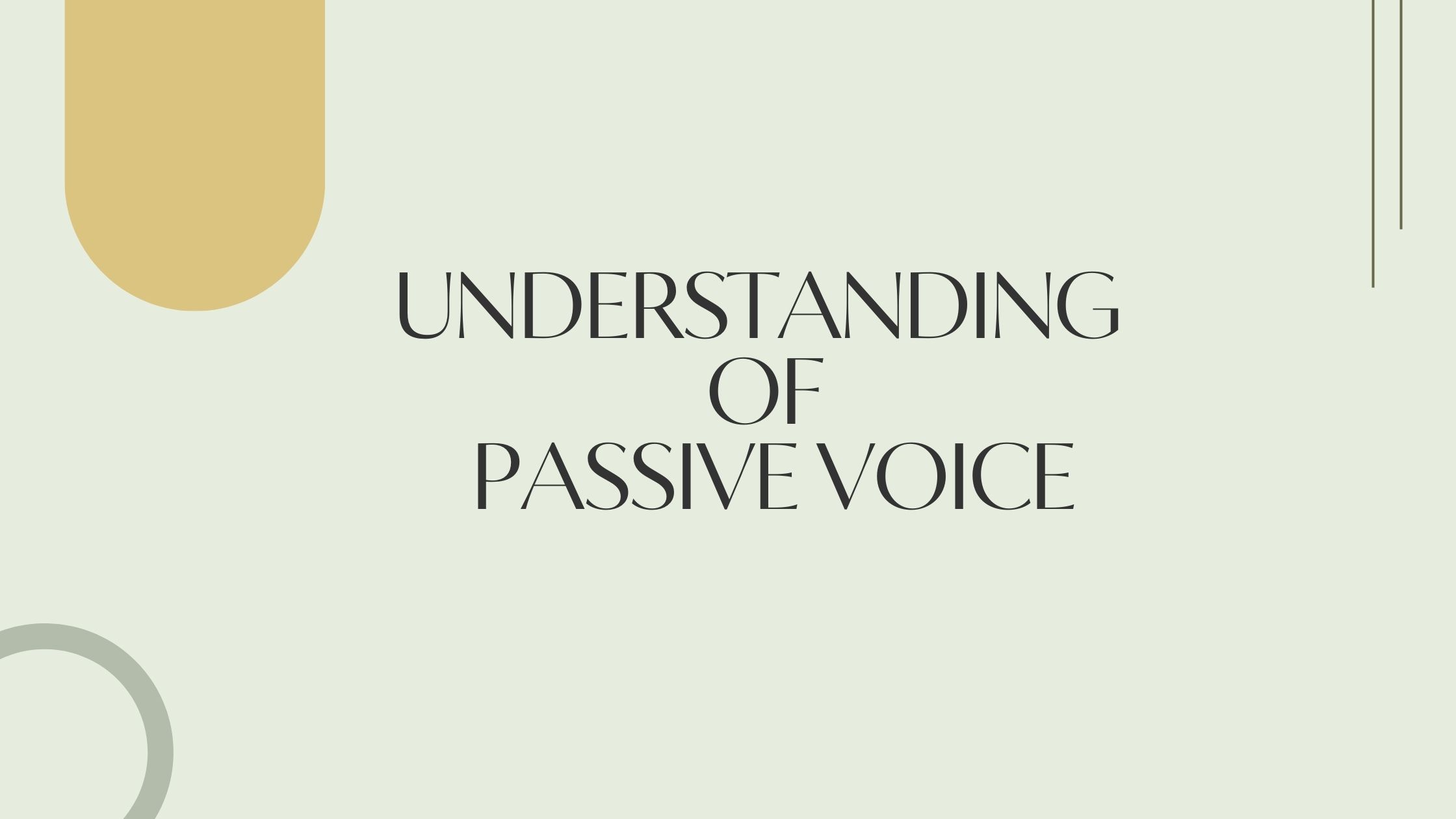In English grammar, sentences can be constructed in two primary voices: active and passive. In the active voice, the subject of the sentence performs the action. However, in the passive voice, the focus shifts from the subject to the object, emphasizing the action or the receiver of the action rather than who is performing it.

1. What is Passive Voice?
In a passive voice construction, the subject of the sentence is the recipient of the action rather than the doer. This is usually structured as:
Subject + auxiliary verb (usually a form of “to be”) + past participle + (optional agent)
For example, compare the following two sentences:
- Active: The chef prepared the meal.
- Passive: The meal was prepared by the chef.
In the active voice sentence, “the chef” is the subject performing the action, while “the meal” is the object. When we switch to the passive voice, “the meal” becomes the subject, and the focus shifts to the action rather than who is performing it.
2. When to Use Passive Voice
While the passive voice is often discouraged in writing due to its tendency to make sentences less direct or harder to follow, it has its place and purpose in communication. Here are some common situations when the passive voice is preferable:
A. When the doer is unknown or unimportant
When the agent performing the action is unknown, irrelevant, or simply doesn’t need to be mentioned, the passive voice allows for emphasis on the action itself.
- Example: The window was broken. (It may not be important who broke the window.)
B. To emphasize the action or object rather than the agent
In cases where the action or result is more important than who performed it, passive voice shifts the focus appropriately.
- Example: The vaccine was developed in record time. (The emphasis is on the development of the vaccine, not necessarily the specific developers.)
C. In formal or scientific writing
In academic, technical, or formal writing, the passive voice is often used to maintain objectivity and focus on the process or results rather than the people involved.
- Example: The experiment was conducted under controlled conditions.
3. Forming the Passive Voice
To form the passive voice, we follow a simple structure: use the appropriate tense of the verb “to be” followed by the past participle of the main verb.
- Present simple passive: The report is written by the team.
- Past simple passive: The report was written by the team.
- Future simple passive: The report will be written by the team.
The passive voice can be used in different tenses, and the structure adjusts accordingly based on whether the action occurs in the past, present, or future.
4. Active vs. Passive Voice: Pros and Cons
A. Advantages of Passive Voice
- Emphasizes the action: Passive voice focuses on what is done, which is sometimes more relevant than who did it.
- Removes the need for a subject: When the subject is unknown or unimportant, passive voice provides a way to avoid mentioning the doer of the action.
B. Disadvantages of Passive Voice
- Less direct and clear: Passive voice can make sentences more convoluted and less dynamic.
- Can be wordy: Passive constructions often require more words and can make writing feel clunky.
5. When to Avoid Passive Voice
In general, writers are encouraged to use the active voice whenever possible because it is clearer, more direct, and more engaging. In narrative and creative writing, the active voice helps maintain a strong, forward-moving tone. Passive voice can obscure meaning or make sentences overly complicated if overused.
For example, compare these two sentences:
- Active: The company released a new product.
- Passive: A new product was released by the company.
The first sentence is shorter and more direct, making it preferable in most situations.
6. Conclusion
The passive voice is a valuable tool in English grammar when used appropriately. While it may not be ideal for every sentence, it can be useful for emphasizing certain aspects of a sentence, such as the action or the recipient of the action. Understanding when and how to use the passive voice effectively allows writers to tailor their language to suit different contexts and audiences, achieving clarity and precision where needed.
